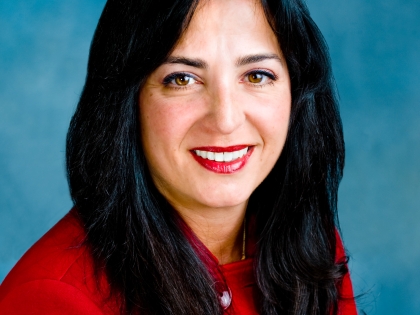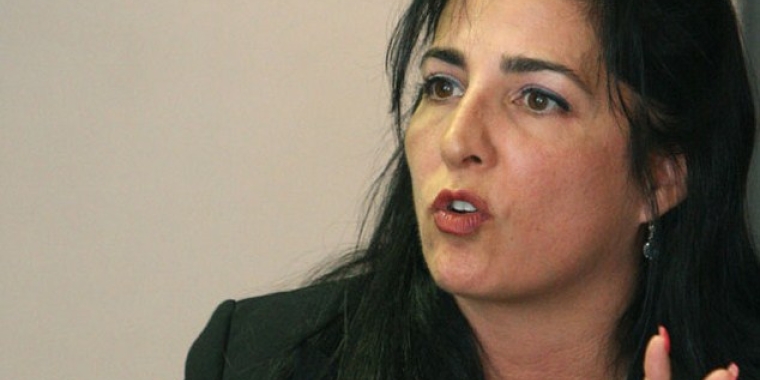
The limits of a ‘sin tax’

By Staten Island Advance Editorial
February 19, 2010, 7:31AM
This page doesn’t always find itself in agreement with state Sen. Diane Savino, but she does have an admirable reputation for calling it as she sees it, and she usually sees it with a level-headed logic that eludes many of her fellow politicians.
The latest instance of her commendable candor came this week with her public opposition to the part of Gov. David Paterson’s proposed budget that would impose new taxes on cigarettes and soda. Mr. Paterson has called for $2.75 increase in the current tax on cigarettes and a 17-percent tax on sugared drinks.
Ms. Savino caustically referred to the governor’s proposal as “an economic development plan for New Jersey,” noting that while the state might be able to collect additional revenue from these taxes, the taxes will drive up the cost of these items in New York. That will inevitably drive many of those who want to buy these products to New Jersey and other states, where taxes are lower, or put a heavier burden on those who are forced by circumstances to buy them here.
That’s exactly what has happened with similar “sin taxes” on alcoholic beverages, gasoline and other products.
Ms. Savino assailed the faulty thinking behind ever-increasing taxes on products that many see as pernicious, saying, “There is a sentiment that if you force people to make better choices, they will. Well, no, they won’t. People will just pay more for the bad choices they make.”
She added, “It will be disastrous for retail on Staten Island and will have a devastating effect on Staten Island’s economy.”
She’s absolutely right. Elected officials facing a budget crunch invariably gravitate toward such sin taxes because they enable them to appear to take the moral high ground by taxing things that are seen as bad for people or society, while at the same time, increasing tax revenue.
The self-righteous justification for such taxes is that they will force people to consume these products less, or in the case of tobacco products, quit altogether.
It would be nice to think so. While there may be some who have quit smoking or drinking because of the exorbitant taxes New York State imposes on cigarettes and booze, there are many more who have simply scouted the horizon for places where they can purchase these products at cheaper prices. Or they spend more of their limited income to continue to buy them here.
And, in these parts, people don’t have to look far for alternatives, thanks to New Jersey’s aggressive courtship of hard-pressed New York consumers. These consumers won’t be redeemed by New York’s supposedly enlightened tax policy and they won’t stop buying products that are bad for them. They’ll simply stop buying these products in New York. That only hurts New York merchants who sell “sinful” products and shifts the revenue they would have made to another state, thereby preventing New York from collecting taxes on these items as well.
Sure, products such as cigarettes and liquor should be taxed higher than other products because of their increased health risks. But there’s a limit to how high these taxes can be raised before they become counter-productive.
(And what’s with New York officials sudden obsession with soda? Why no similar “fat tax” on cheesecake or hot wings or tiramasu?)
Ms. Savino said, “Staten Islanders have calculated the cost of the bridge and they’ve decided they can save more by going” to New Jersey. “The toll used to be a detriment but that has long since passed. And once they’re there, they’ll do all their shopping there.”
The increased taxes, she warned, “will be disastrous for retail on Staten Island and will have a devastating effect on Staten Island’s economy.”
Exactly. The New York county that is closely surrounded on three sides by a state where these products can been be bought at substantially cheaper prices will be the county that is hardest hit by the governor’s misguided attempt to tax ordinary New Yorkers into compliance with a healthier lifestyle standard.
We applaud Ms. Savino for her outspoken and accurate analysis.